Nikola Tesla
Nikola Tesla inventions constitute numerous technological breakthroughs throughout his lifetime. Born in Smiljan, Croatia, in 1856, the math and physics genius contributed innovations that continue to impact our lives daily today. He held over three hundred patents, but was only recognized for some, indicating many of his ideas were tested and failed or never became well known.
When Tesla came to the United States, he worked for Thomas Edison in Manhattan and was promised $50,000 if he could make Edison’s direct current method successful. As it turned out, Edison’s DC current was not as effective as Tesla’s own alternating current method in transmitting electricity over long distances. When Edison reneged on his offer to pay Tesla to solve his DC power design flaws, Tesla quit and moved on to his next endeavor.
Nikola Tesla
Description
Nikola Tesla inventions constitute numerous technological breakthroughs throughout his lifetime. Born in Smiljan, Croatia, in 1856, the math and physics genius contributed innovations that continue to impact our lives daily today. He held over three hundred patents, but was only recognized for some, indicating many of his ideas were tested and failed or never became well known.
When Tesla came to the United States, he worked for Thomas Edison in Manhattan and was promised $50,000 if he could make Edison’s direct current method successful. As it turned out, Edison’s DC current was not as effective as Tesla’s own alternating current method in transmitting electricity over long distances. When Edison reneged on his offer to pay Tesla to solve his DC power design flaws, Tesla quit and moved on to his next endeavor.
THE TIME MACHINE! NICOLA TESLA
The Tesla Prophecy and Suppressed Science
ABOVE TOP SECRET UFOs, Nikola Tesla, and Antigravity Technology
Antigravity and Advanced Tesla Science
Tesla - Master of Lightning
TESLA: Free Energy & the Race to Zero Point
Phenomenon - The Lost Archives - Missing Secrets of Nikola Tesla
Nikola Tesla's Mad Electricity
Nikola Tesla - The Genius Who Lit The World
TESLA'S CONNECTION TO COUNTER SPACE-INTRIGUING EXPERIMENTS
Dr. John Trump on Nikola Tesla - Interview (Donald Trump's Uncle)





























